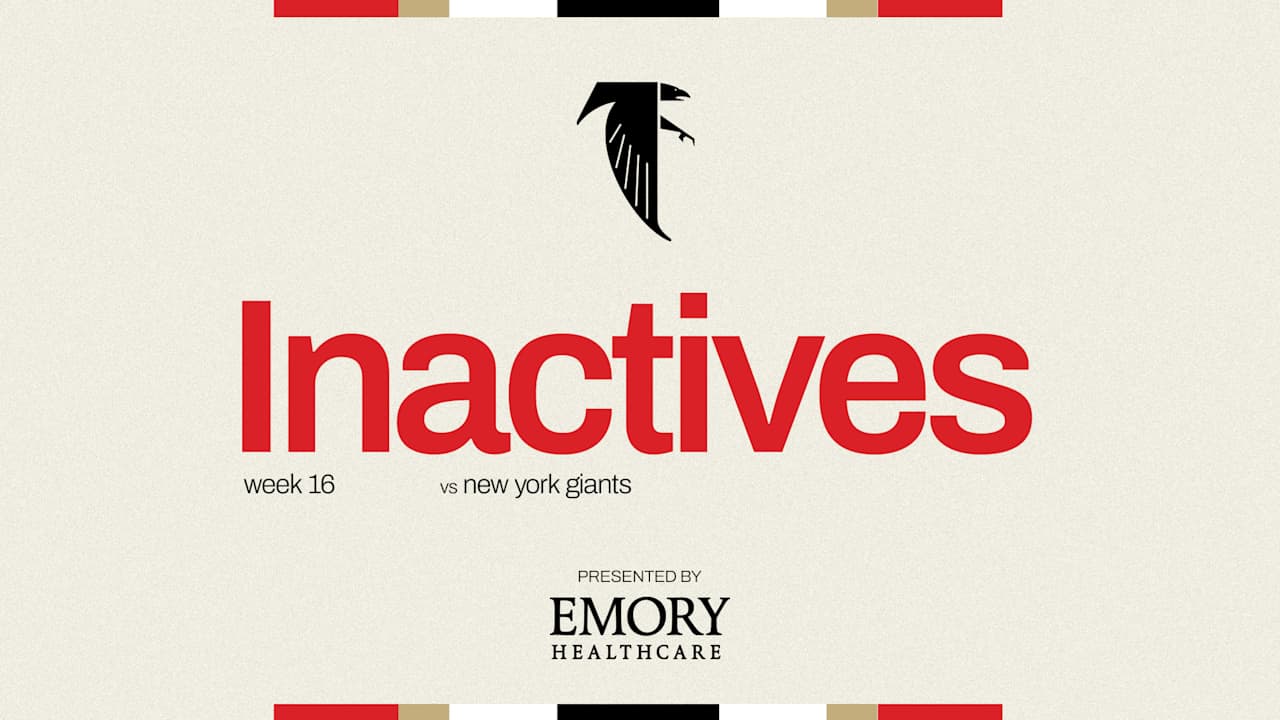Sports
Copa America spiking NYC, US soccer interest ahead of 2026 World Cup

Walking around Manhattan ahead of the June 25 Copa America group stage match between Lionel Messi-led Argentina and Chile, it was hard to miss the sight of fans in soccer jerseys traversing the streets.
While the World Cup may still be two years away, Copa America has brought an increased interest in soccer among New Yorkers — along with Euro 2024 taking place at the same time in Germany — and American soccer fans in general over the past few weeks.
MetLife Stadium was sold out for Argentina’s clash with Chile and another fervent atmosphere is expected when Argentina returns on Tuesday to face Canada in the semifinals.
A sign that New Yorkers, in particular, have increasingly taken to the “beautiful game” and the two international events could help bolster the spotlight on the region’s professional clubs and sports profile.
Soccer has seen a jump in interest across the country, with a 2023 study by Sports Innovation Lab indicating that roughly one-quarter of American sports fans showed an interest in the sport.
And the expectation is that Copa America coupled with the World Cup will only help those numbers grow.
“I believe there’s going to be a huge bounce off the 26 World Cup in North America,” GMR Marketing chief commercial officer Adam Lippard told The Post. “Without question, I think every governing body at all levels from the professional sports leagues to youth and amateur is going to feel the balance of the men’s World Cup in ways that I’m not sure are entirely imaginable at this point. So it is a seminal moment for the game.”
The 1994 World Cup that was hosted in the United States — Giants Stadium hosted seven games that tournament — proved to be a turning point for the sport with Major League Soccer being founded in 1993 — as part of the country’s bid for the tournament — and launched in 1996.
New York now is home to two MLS clubs, the Red Bulls and New York City FC, which finally found a permanent home in Queens next to Citi Field that’s expected to be finished in time for the 2027 MLS season.
Both clubs are also in the midst of strong seasons that have put NYCFC and the Red Bulls in playoff position, and the NWSL’s Gotham FC is coming off a championship run last season, helping to draw more awareness in the area.
But international events have played a major part in the growth of the sport, with the 1994 World Cup even inspiring Red Bulls sporting director Julian de Guzman to want to play soccer professionally.
“I remember going to Pontiac Stadium in ’94 watching Brazil versus Sweden. And that’s what inspired me to become a pro at the age of 13,” explained de Guzman, who had a 19-year playing career which included time in MLS. “I said that was the first time I came close to actual professional players in North America. … Just to be here right now and witnessing a Copa America again in the U.S., and all these stars a part of it, is special.”
For veteran New York soccer journalist Michael Lewis, the sport has arrived in the United States, noting the attention Copa America and even Euro 2024 have gotten and the knowledge of the European leagues like the Premier League or La Liga in Spain by American fans.
But he acknowledged that the interest in the local teams is still limited.
“Whether or not they want to follow the local teams yet, I’m not certain,” Lewis said, noting that it may just be a matter of time. “I’ve always said I know they want a revolution, but I think you need an evolution. Things do change, but they change slowly. … Things have changed dramatically no doubt about it.”
Lewis, who has covered soccer for 50 years, noted that most soccer fans years ago would have eagerly signed up for two men’s and a women’s soccer team in New York.
“If you would have told me they would have had all these teams here and have such soccer all around I would have said where do I sign up?” he said.
For Lippard, part of the battle for NYCFC, the Red Bulls and Gotham FC comes down to the competitiveness of the market.
“I think it comes down to just the complexities of the marketplace. And the fact that there’s so much competition for the sports and entertainment and the media dollar it’s related to that,” he said.










